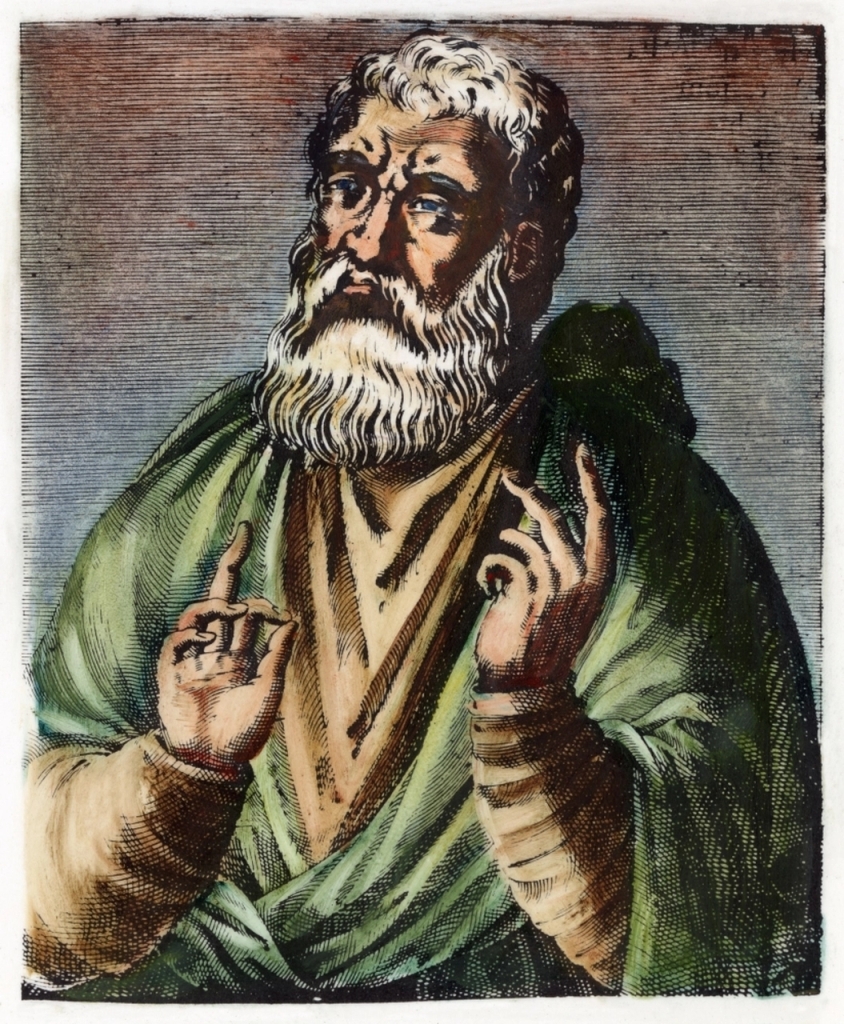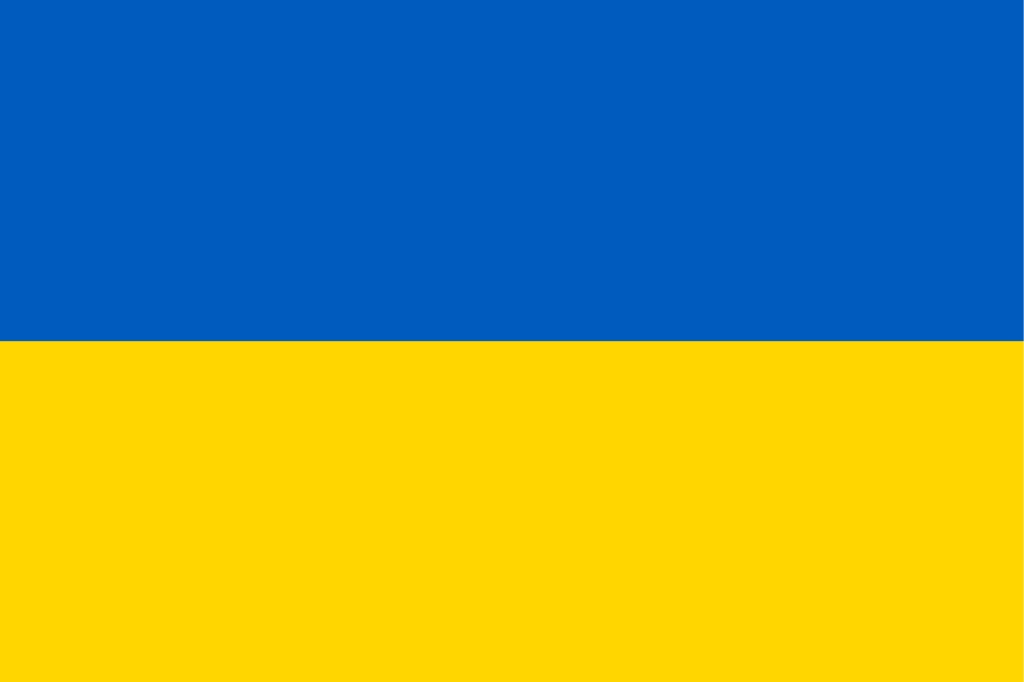Taoism in Brief
 As I said last time, a discussion of the translations of the Tao Te Ching was beyond the scope of that post. I’ve thought about it and decided it’s beyond the scope of a single post, period. This post is a sort of preliminary: a brief discussion of Taoism, its terminology, and its practices. This will give a background against which to discuss the founding and principal text of Taoism, the Tao Te Ching.
As I said last time, a discussion of the translations of the Tao Te Ching was beyond the scope of that post. I’ve thought about it and decided it’s beyond the scope of a single post, period. This post is a sort of preliminary: a brief discussion of Taoism, its terminology, and its practices. This will give a background against which to discuss the founding and principal text of Taoism, the Tao Te Ching.
Any description of an entire religion in a blog post is, of course, going to be ridiculously compressed. Instead of waiting till the end, I’ll give a suggested reading right now. Probably the best introduction to Taoist ideas for Westerners is Benjamin Hoff’s classic The Tao of Pooh. Despite its humor and its use of the Winnie the Pooh books as a device for introducing the concepts, it is well-written and actually does a good job of getting across basic Taoist concepts. I’d recommend it to all. Meanwhile, I’ll proceed with my (alas, inferior) description.
“Taoism” takes its name from “Tao” or “Dao” (for a discussion of the pronunciation and transcription, see here), the character for which is at the top of this post. “Tao” literally means “way”, in all the senses of the English word–“way”, “path”, “route”, “doctrine”, “teaching”, and so on. In the context of Chinese philosophy and religion, the “Way” means “The Way of Heaven” (天道–tiān dào, or in Wade-Giles, t’ien tao). From early times, Chinese culture seems to have had a vaguely monotheistic cast along with a reluctance to conceive of the Absolute in personal terms or to give it a proper name. Shàngdì (or Shang Ti–上帝 in Chinese characters), “Celestial Emperor”, was more or less equivalent to God in the Shang dynasty (the earliest one of which we have archaeological evidence). In later centuries, philosophers preferred simply to use the term Tiān–“Heaven” (天)–or “Tao”–“The Way (of Heaven)” in preference to any anthropomorphic terms.
In the context of Taoism, the Tao is still the Ultimate Reality, but it is never conceived of in personal or anthropomorphic forms. The Tao gives rise to everything in the cosmos without itself being reduced–in a sense, it could be said to emanate the “ten thousand things” (a Chinese idiom for “everything”). Since the Tao contains within it all potentiality, it is undifferentiated. Only when things arise from the Tao does differentiation occur. From the undifferentiated come all the pairs of opposites characteristic of Taoism.
Taoism is dualistic, but not morally dualistic (good vs. evil). It is metaphysically dualistic–that is, it posits sets of opposites: high and low, hot and cold, dry and wet, male and female, etc. This is symbolized in the well-known tàijítú (Wade-Giles t’ai chi t’u; in characters, 太極圖) or yin-yang symbol:
The dark and light sides represent yin and yang, respectively (yīnyáng or 阴阳). Yin represents darkness, coolness, moisture, the moon, the feminine, passivity, and moisture, among other concepts; yang is light, heat, dryness, the sun, the masculine, activity, and so on. Everything in the universe is a mixture of yin and yang in varying proportions. Yin and yang in no way symbolize good and evil (“dark” and “light” here have no moral connotation); rather, “good” lies in a proper balance of yin and yang, and “evil” would be imbalance. Further, the balance of yin and yang is not static, but dynamic, ever-changing. Even when either is at its peak, it contains within it the seed of its opposite into which it transforms–e.g. winter becomes spring and then summer, which becomes fall and returns to winter. This is the symbolism of the curves and the dots of the tàijítú: as the yin reaches its maximum width (at the top of the diagram), the seed of yang–the white dot–appears. Yang grows slowly, beginning at the tip of the yang “tail” and increasing until yang is at its maximum (at the bottom of the diagram) and contains within it the seed of yin (the black dot). The cycle then repeats.
All action in the cosmos is a dynamic interplay of the yin and yang, which have come forth from the inscrutable Tao. In the natural world this interplay occurs smoothly. Humans, however, are able to buck this natural trend. Humans often act in imbalanced ways–they try to act against the Tao. This imbalance, rather than a metaphysical principle of evil, is the cause of human suffering.
The general Taoist view of what that balance looks like is that it is non-striving; satisfied with sufficient food, water, etc., rather than wishing for excess; preferring to let things take their course rather than taking action to achieve goals; preferring peace to war and the local to the universal; and observing the signs of nature as a guide to proper actions. This latter moved from harmonizing with nature to reading omens to the complex oracle of the I Ching (Yì Jīng, or 易 經). That, however, is beyond the scope of this post. The basic practical Taoist methods for living a good life are as follows:
- Seeking to lead a simple life with as little beyond the necessities of life as possible
- Seeking harmony within oneself, with others, and with nature
- Practicing mediation and exercises such as T’ai chi ch’üan (tàijíquán or 太極拳) and
- Practicing Traditional Chinese Medicine, which seeks to restore yin-yang bala)nce to the human body in order to cure sickness
It is important to point out that “Taoist” has three interrelated but distinct meanings. In the sense of “Taoist philosophy”, it means the concepts and ideas outlined above and their application to human affairs, with or without an explicitly religious practice. What one might call “practical Taoism” would include practices for health and longevity such as the aforementioned T’ai chi ch’uan, as well as Taoist meditation techniques and other exercises such as ch’i kung (qìgōng or 氣功). “Religious Taoism” is the vast panoply of traditional folk practices of Chinese culture, including various shrines to deities, the complex rituals of ancestor veneration, exorcisms, shamanistic practices of priests, and many other folk practices as unusual as using powdered rhinoceros horns to improve male virility!
I’m not dismissing Religious Taoism, by the way (though I object to some of its practices). It stands in relationship to Taoist philosophy (or what is sometimes called Philosophical Taoism) much as the the Greco-Roman religion stood to the philosophers such as Plato, Aristotle, Zeno, Epicurus, and so on. The former was the actual nexus of folk practices, prayers, and often outright superstitions of the masses, whereas the latter was the more elite speculation that sometimes bore little resemblance to the former. One can study Greek philosophy without having an interest in practicing ancient Greek religion. In the same manner, Philosophical and Practical Taoism can be studied and practiced quite apart from Religious Taoism, while making no demands for conversion or any other change of religious commitments by those who so study or practice them. In any case, Religious Taoism is so tightly integrated with Chinese culture that it would be difficult for a non-Chinese to practice, anyway, short of moving to China and attempting to assimilate culturally. It is thus the Taoist philosophy and practice that I’m mainly concerned with here.
Having thus sketched a bare outline of Taoism in its philosophical and practical forms, we will next look at the issues involved in any attempt to translate its most important text, the Tao Te Ching.
Also part of the series “Religious Miscellany”
Posted on 10/02/2014, in religion and tagged ch'i kung, Daoism, Lao-Tzu, Laozi, qigong, religion. books, t'ai chi ch'uan, taijiquan, Tao Te Ching, Taoism, Taoist philosophy, Taoist practice, Traditional Chinese Medicine. Bookmark the permalink. 5 Comments.












Pingback: Religious Miscellany: Index | The Chequer-board of Nights and Days
Pingback: Translating the Tao Te Ching | The Chequer-board of Nights and Days
Pingback: Taoism | The Chequer-board of Nights and Days
Pingback: Universalism and Various Religions: Miscellany | The Chequer-board of Nights and Days
Pingback: If You See Yoda on the Road, Kill Him! A Defense of The Last Jedi | The Chequer-board of Nights and Days